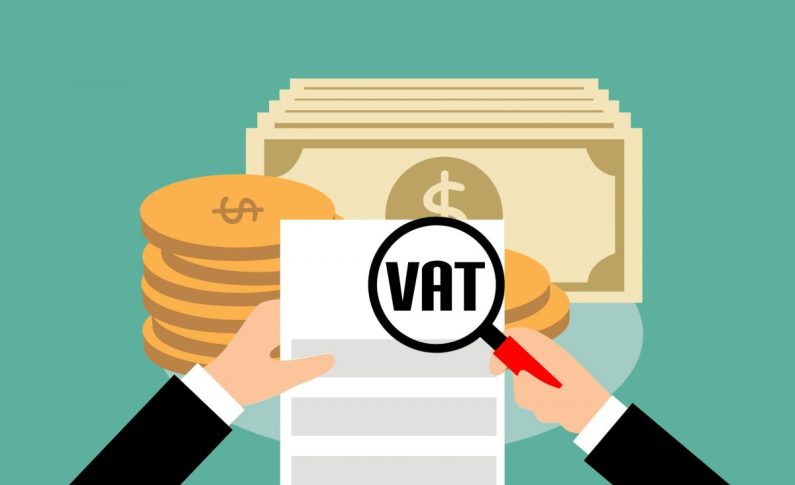How to Establish a Wealth Assessment
Summary
– Definition of a wealth assessment
– Establishing a diagnosis of your financial situation
– Wealth assessment: in conclusion
– Persons to contact to establish a wealth assessment
Every individual has wealth, and establishing a wealth assessment requires calling upon a consultant in wealth management. The elements constituting your patrimonial assets are the real estate, financial, and professional assets such as investment in company shares. We could also add that everyone also has a cultural heritage.
Good to know: you can access all your real estate assets and obtain information on each from the tax site with available online services that your consultant will refer you to.
Definition of the asset assessment
If you want to know more about your financial and asset situation, the asset assessment will help you evaluate your assets.
During your meeting with a wealth management consultant, the latter will make an overview of your tax and wealth situation. This meeting aims to understand your way of working as well as possible to propose to you the most adapted investments after that.
Indeed, the asset assessment also has other objectives, namely
– to analyze your situation;
– to study your financial investments;
– to straighten out the situation if necessary;
– anticipate your retirement income.
Depending on your objectives, your needs will be analyzed as follows
– short term (about 1 year);
– medium term (2 to 5 years)
– long-term (5 years and more).
Establish a diagnosis of your asset situation

Things to consider
Before meeting with an advisor to establish a diagnosis of your financial situation, you must have various documents, such as
– tax notices;
– statements from your bank(s)
– an estimate of your real estate assets;
– the amount of the credits to be refunded;
– your savings accounts;
– your securities.
Your financial situation will also take into account
– the family composition (family situation);
– your matrimonial regime;
– your professional situation (salaries, dividends, directors’ fees, social status);
– your tax situation (tax burden – real estate wealth tax, which replaces;
– your financial situation (your assets and debts); and
– the objectives you have set for yourself.
Wealth analysis: the balance sheet
The analysis is generally presented in the form of a balance sheet. The balance sheet will include assets, liabilities, and off-balance sheet items of the family situation (Mrs. and Mr.).
The assets include:
– assets for use: main and secondary residence, furniture;
– professional assets: shares, companies, business;
– investment property: direct real estate;
– financial investments:
◦ capitalization insurance: capitalization contract,
◦ financial assets: shares, bonds,
◦ savings,
◦ cash assets: current accounts.
This will result in the total of assets that generate wealth income.
Liabilities include:
– professional loans: financing of business, shares, etc.;
– private loans: real estate financing, consumption, overdraft.
This will allow us to know the available total of the liabilities.
Off-balance sheet items:
– legal: stock option plan, pension, death insurance;
– obligations: guarantee, leasing.
Good to know: stock options are not included in the balance sheet because they take their value after their eventual exercise.
The balance sheet is generally accompanied by a provisional budget (expenses and income).
These various elements are the subject of a simulation. The latter will allow you to measure the impact of the different solutions to be considered on your assets and how to make them evolve satisfactorily.
Wealth assessment: in conclusion
The asset assessment determines the strengths and weaknesses of your asset situation (too much real estate, not enough liquid assets, etc.).
It also determines the strategic axes to be implemented to improve the patrimonial situation, i.e.:
– the transmission of the inheritance;
– Protecting professional income when you stop working;
– protecting one’s spouse and relatives;
– preparing for retirement.
Persons to contact to establish a wealth assessment
To establish a patrimonial assessment, you can call upon:
– an independent wealth management consultant who will charge you a fee or a fee related to the investments;
– a banker;
– an insurer.
This advisor, whoever he may be, will draw up a summary of your assets. They will then give you their advice and recommendations. However, be careful and take the time to think before making your decision.



